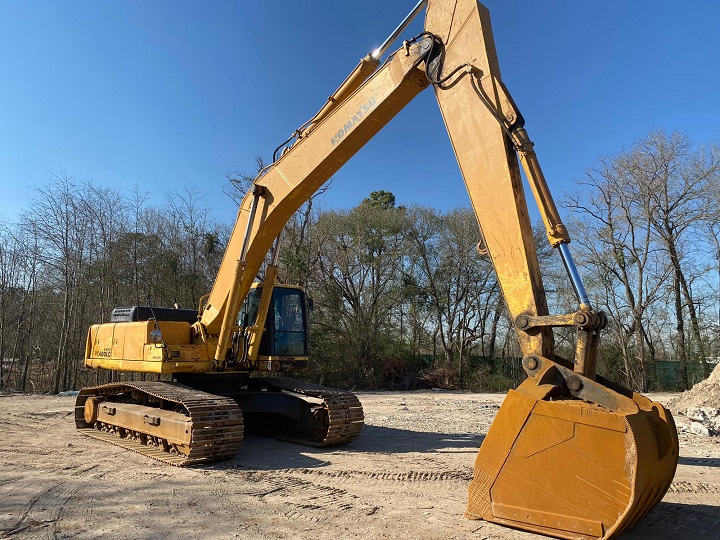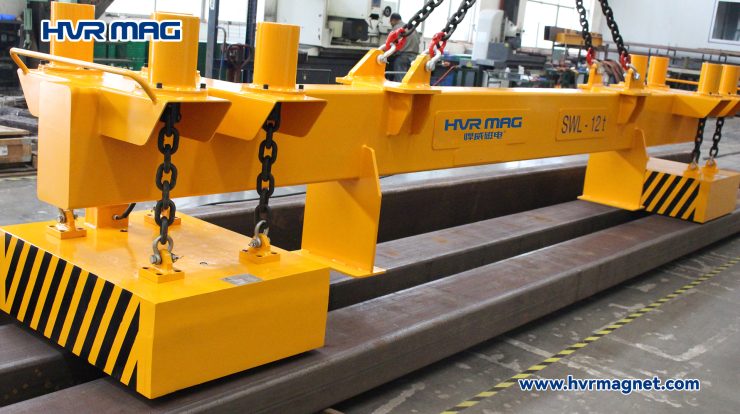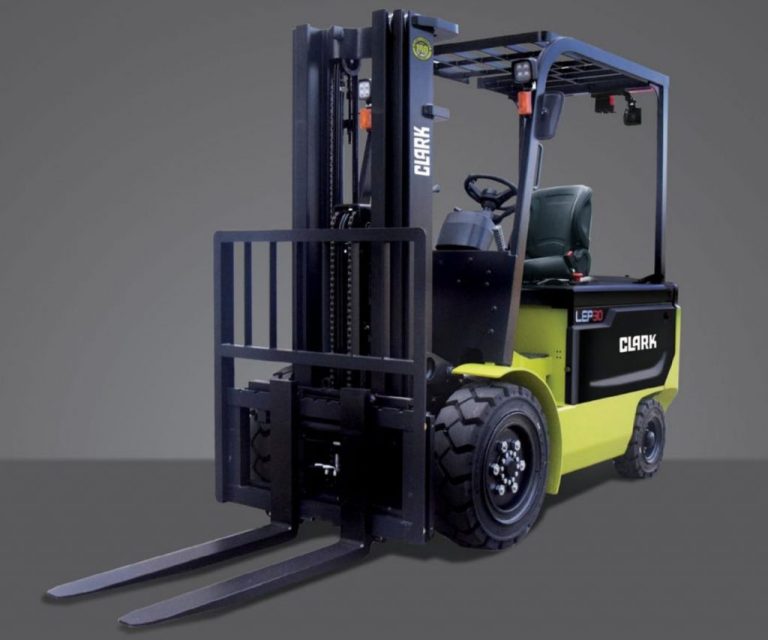How to Use Excavators & Truck Cranes in the Philippines
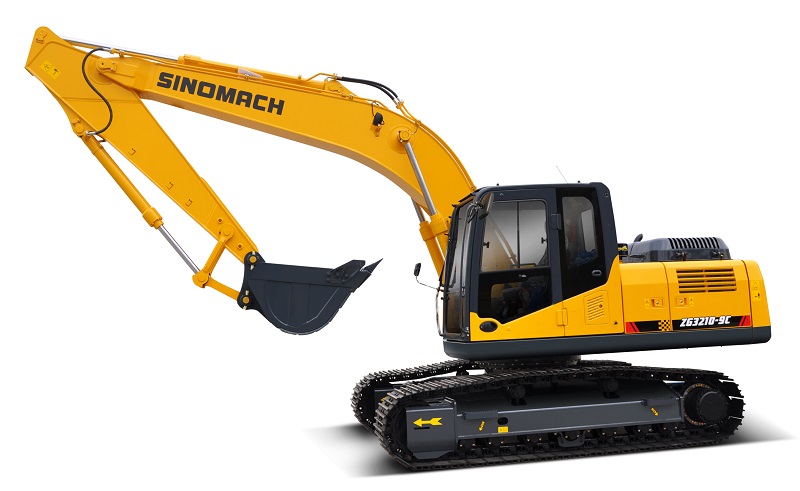
9 Safety Tips When Using Excavators
February 1, 2018
What are the safety tips when using excavators?
- Inspect the ground area.
- Examine the controls.
- Wear your seat belts.
- Check your fuel tank.
- Keep in mind the maximum load.
- Watch out for inclines and declines.
- Go slowly but surely.
- Carry the bucket low.
- Keep the buckets on the ground.
Construction works are virtually everywhere in the Philippines. Aside from truck cranes, excavators are also often found in Philippine construction and engineering sites.
It’s a very popular equipment, one that is easily recognized by anyone—that is, even someone who doesn’t hail from this field. After all, excavators usually pepper the highways, moving lethargically on the side of the road as countless of vehicles stream past.
Although excavators might come in myriads of shapes and forms, they serve one primary purpose: to dig out soil from the ground. Additionally, it can also be used to break, crush, drag, and excavate soil and rocks.
If you work in construction or if you belong to this line of work, then it’s vital that you learn about the safety tips that come with handling excavators. This post will explore the basic precautionary measures that you need to know when handling excavators in the Philippines.
Inspect the ground area.
Before you begin, scrutinize the ground first for anything that might make it uneven, such as rocks, construction paraphernalia, and stumps. These things will increase your risk for accidents, so make sure to get rid of them before you get your excavator moving.
Aside from this, inspect the ground for other possible obstructions, such as holes, ditches, inclines, and so on.
Examine the controls.
In the Philippines, using truck cranes, excavators, and other machines require you to be vigilant and responsible. Ensure that you examine all the controls—including buttons, lights, and horns—before you get to work.
And as with any vehicle, verify that the steering wheel and brakes are functioning. You can literally save a life and avoid severe accidents if you make it a habit to go through these seemingly trivial inspection routines.
Wear your seatbelts.
This should be obvious and should be one of the first things that you do the moment you enter the excavator.
Seat belts are there for your maximum comfort and security.
Check your fuel tank.
No one wants to have their work interrupted. You want to be able to maximize your time, and filling up your fuel tank beforehand can help you with that. That is, you’ll be spared from suddenly halting in the middle of a task just because you’ve run out of fuel!
More than that, however, filling up your fuel tank can also be a matter of safety. When your excavator exhausts its power supply, it might stop working and cause its arm or heavy buckets to suddenly fall off—which can be exceedingly hazardous if there are other workers stationed at the site.
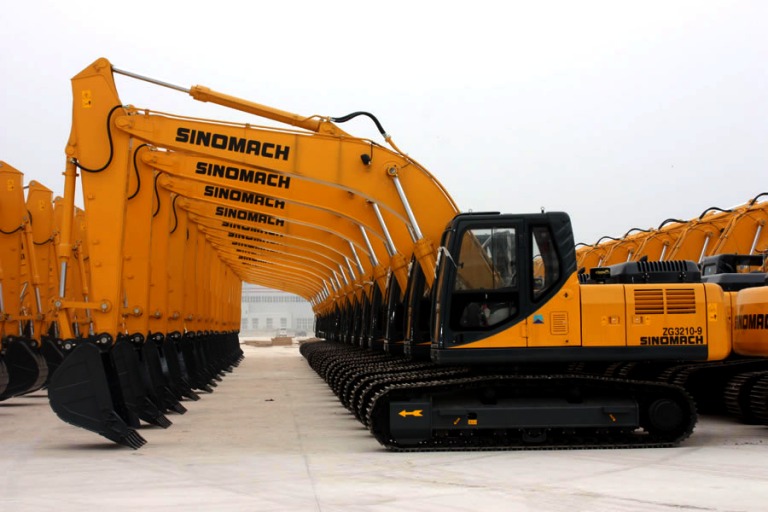
Keep in mind the maximum load.
Always, always play it safe, and don’t risk lifting a load that’s way more than what the excavator can handle.
Excavators in the Philippines indicate the value of the maximum load, so make sure that you acquaint yourself with it. Furthermore, double-check the weight of the items you’ll be lifting.
Watch out for inclines and declines.
When you’re not working on a flat surface, you need to take extra precaution. Constantly watch out for uneven grounds, as these might make the machine topple over.
This harkens back to the necessity of inspecting the area before you start working.
Go slowly but surely.
As mentioned earlier, it’s critical that you always stick to the safe side. And, of course, this includes driving the excavator slowly.
Reduce your speed even more when traversing rough terrains or slipping in congested places.
Additionally, veer away from sharp turns and sudden stops. And like any responsible driver, look ahead of you at all times. Look out for any obstacles coming your way.
Carry the bucket low.
When moving the machine around, you need to carry the bucket as low as plausible. Aside from increasing its visibility, it will also promote better mechanical stability.
Keep the buckets on the ground.
When you’re done working, or even when you’re leaving the excavator (even if it’s only for a short time), ensure that the buckets are placed on the ground. You never know when the bucket might suddenly get severed from the body—and fall on unwitting workers near the area!
Key Takeaway
In the Philippines, aside from truck cranes, excavators are also often used in construction and engineering sites. It’s a highly popular equipment, and it’s also a staple in massive construction projects.
When using excavators in the Philippines, like any other machine, it’s essential that you observe certain precautionary measures. This ensures that you’ll always be safe when using this machinery.

